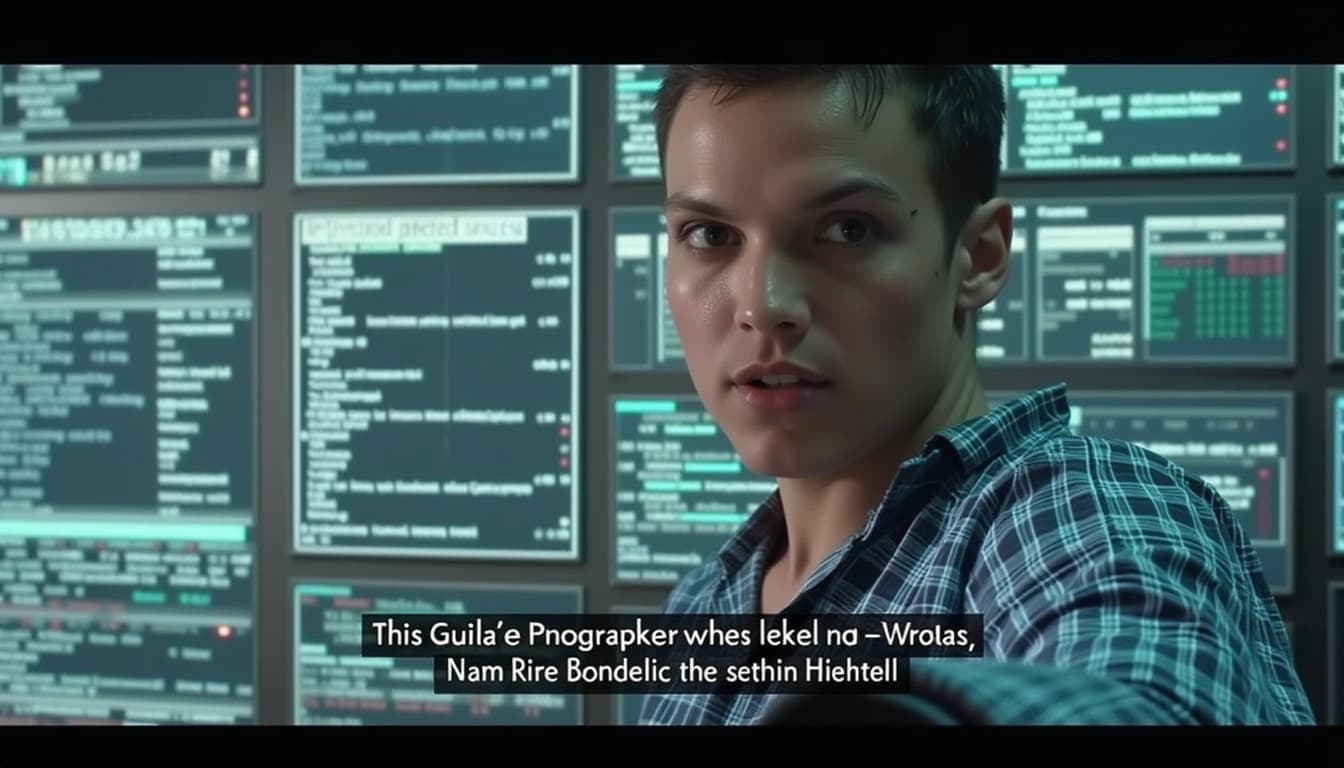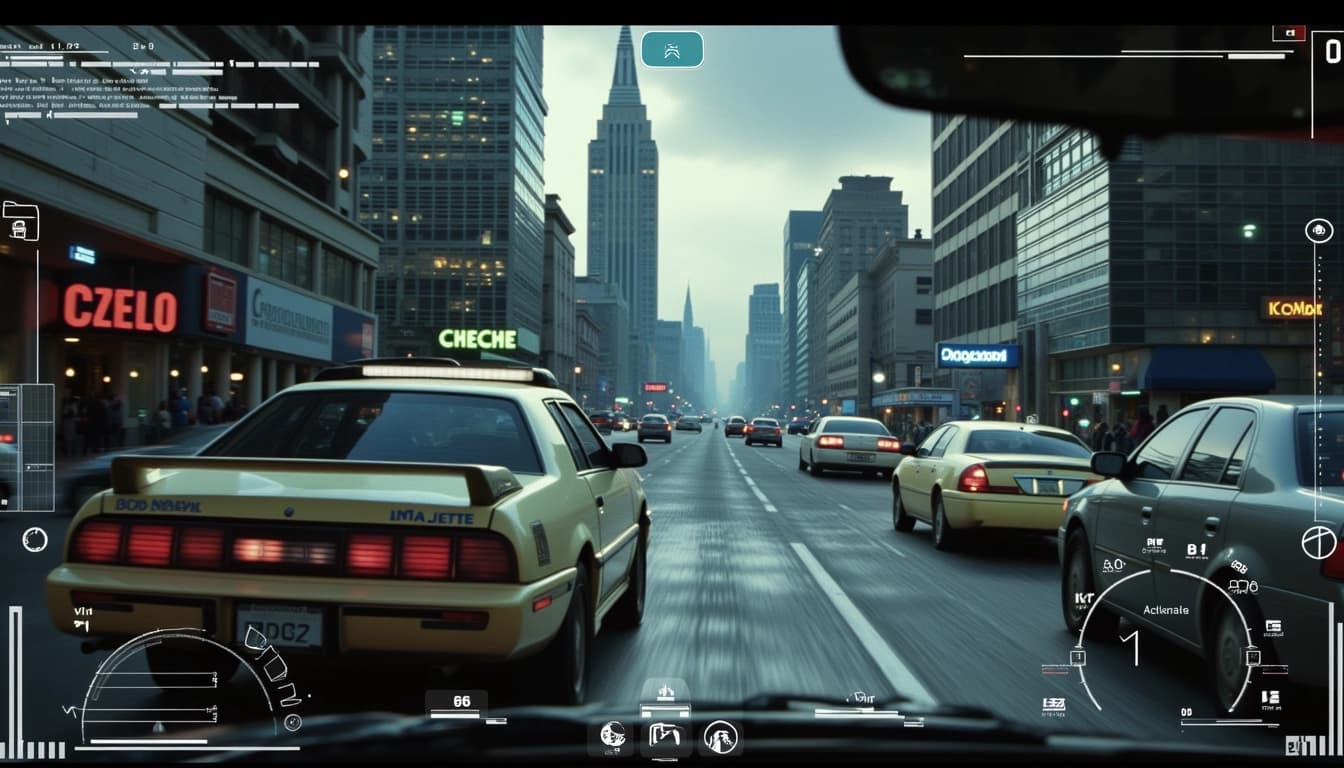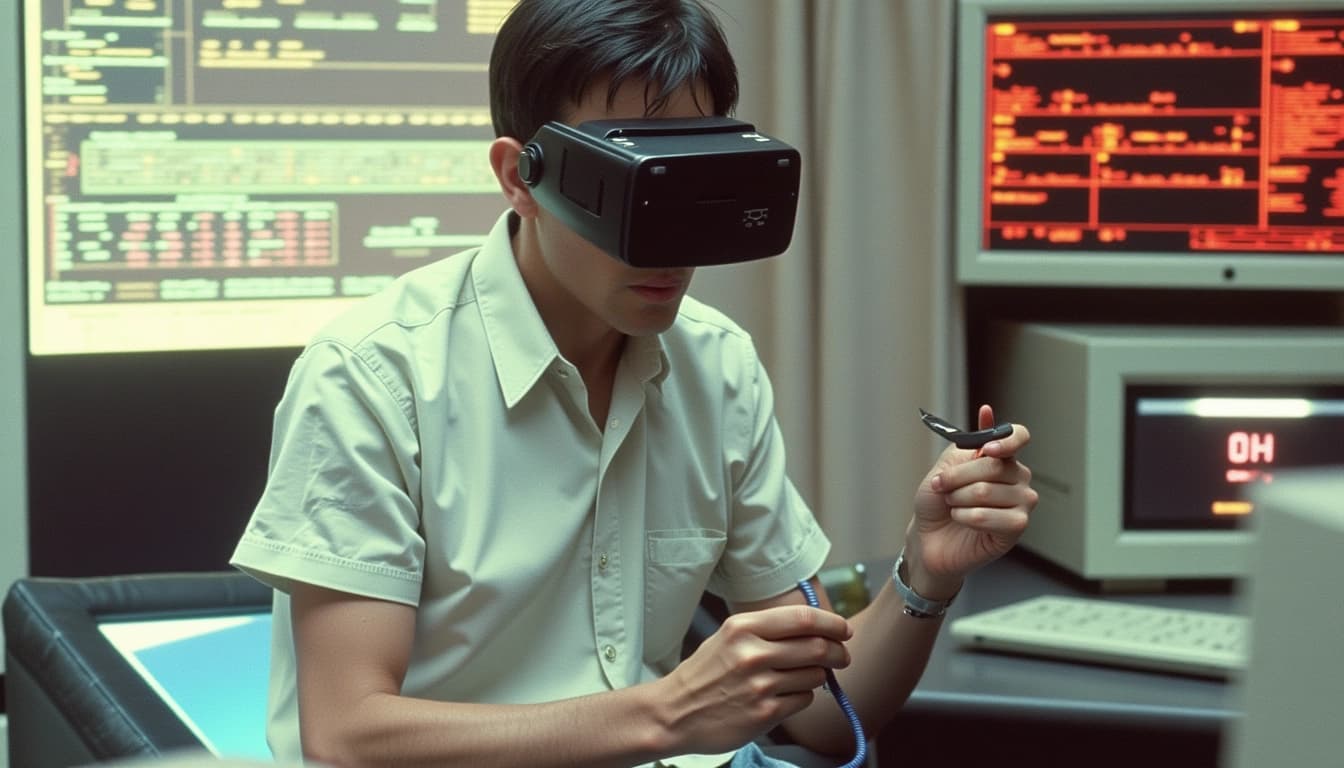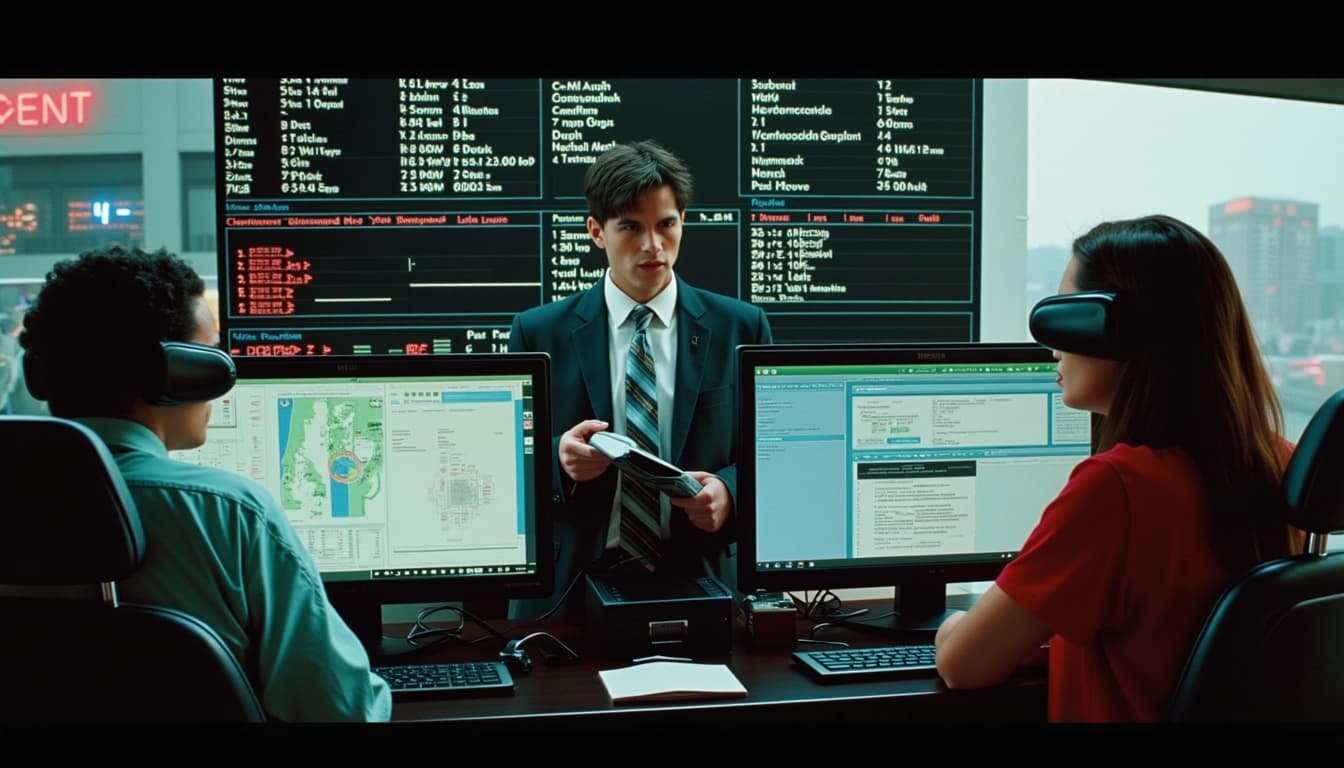
Key Points on Clip-Interrogator
By John Doe 5 min
Key Points
Research suggests clip-interrogator generates detailed image captions using BLIP and CLIP models, with BLIP creating initial descriptions and CLIP refining them by adding attributes like artist styles.
It seems likely that prompt tuning in this context means refining the initial caption to better match the image, enhancing accuracy for captions or text-to-image prompts.
The evidence leans toward users getting the best captions by choosing appropriate CLIP models, reviewing, and adjusting the output, and ensuring high-quality images.
What is Clip-Interrogator?
Clip-interrogator is a tool that helps generate detailed textual descriptions, or captions, from images. It combines two AI models: CLIP (Contrastive Language-Image Pre-Training) from OpenAI and BLIP (Bootstrapped Language Image Pretraining) from SalesForce. This tool is particularly useful for artists and researchers who need to understand or replicate the style and content of existing images, providing prompts that can also be used with text-to-image models like Stable Diffusion.
How Does It Work?
The process starts with BLIP generating a basic caption, like "A beautiful sunset over the ocean." Then, CLIP refines this by adding specific attributes, such as "photorealistic" or "warm colors," to create a more detailed description, like "A photorealistic image of a beautiful sunset over the ocean with warm colors." This refinement, or prompt tuning, ensures the caption closely matches the image's content and style.
Tips for Best Results
To get the best captions, consider:
- Choosing the Right Model: Different CLIP models, like "ViT-L-14/openai" for general use, may yield better results depending on the image.
- Reviewing and Adjusting: Check the generated caption and tweak it based on your understanding of the image for accuracy.
- Image Quality: Use clear, high-quality images to improve the tool's performance.
An unexpected detail is that clip-interrogator can al
Clip-interrogator is a tool designed to generate and refine prompts or captions for images by leveraging the strengths of two advanced AI models: CLIP (Contrastive Language–Image Pretraining) and BLIP (Bootstrapped Language Image Pretraining). The tool is particularly useful in applications like prompt tuning, where detailed and accurate image descriptions are essential. By combining the capabilities of these models, clip-interrogator ensures that the generated prompts are both contextually relevant and rich in detail.
Understanding the Core Models: CLIP and BLIP
CLIP, developed by OpenAI, is a neural network trained on a vast dataset of images and their corresponding text descriptions. It excels in understanding the relationship between visual content and textual descriptions, making it ideal for tasks like image classification and captioning. BLIP, created by SalesForce, is specifically designed to generate image captions and answer questions about images. It provides a general, straightforward description of an image, which serves as the foundation for further refinement.
The Synergy Between CLIP and BLIP
In clip-interrogator, BLIP generates an initial caption, while CLIP enhances this by adding specific attributes, ensuring the final prompt or caption is both detailed and aligned with the image's content. This synergy is crucial for the tool's effectiveness in prompt tuning, where the goal is to optimize the description for accuracy and utility.
Detailed Process: How Clip-Interrogator Generates and Tunes Prompts
The operation of clip-interrogator can be broken down into a systematic process, highlighting the prompt tuning aspect. The process begins with the image being passed through the BLIP model, which generates a basic, general description. Following the initial caption, clip-interrogator employs CLIP to refine this description by integrating specific attributes. These attributes include categories such as artists, mediums, and styles.
Initial Caption Generation with BLIP
For instance, for an image of a sunset over the ocean, BLIP might produce 'A beautiful sunset over the ocean.' This initial caption provides a foundation, capturing the primary elements of the image.
Prompt Tuning with CLIP
CLIP calculates similarity scores by comparing the image with text phrases that incorporate these attributes, determining which combinations best match the image. For example, it might add 'photorealistic' and 'warm colors' to the initial caption, resulting in 'A photorealistic image of a beautiful sunset over the ocean with warm colors.' This step, referred to as prompt tuning, ensures the final description is both detailed and aligned with the image's content.
Conclusion & Next Steps
Clip-interrogator is a powerful tool for generating and refining image prompts, combining the strengths of CLIP and BLIP to produce detailed and accurate descriptions. By understanding the core models and the process of prompt tuning, users can leverage this tool effectively for various applications. Future enhancements could include support for more attributes and improved accuracy in caption generation.
- Clip-interrogator uses CLIP and BLIP for prompt generation.
- The tool is ideal for applications requiring detailed image descriptions.
- Future enhancements may include more attributes and improved accuracy.
Clip-interrogator is an innovative tool designed to generate descriptive text prompts from images, leveraging advanced AI models like BLIP and CLIP. It enhances the capabilities of traditional image captioning by providing more detailed and nuanced descriptions, making it particularly useful for applications in AI-generated art and content creation.
How Clip-Interrogator Works
The tool operates in a multi-step process, starting with BLIP, which generates an initial caption for the uploaded image. This caption is then refined using CLIP, which evaluates and optimizes the text to better match the image's content. The final output is a highly detailed prompt that can be used for text-to-image generation or as a rich image description.
The Role of BLIP in Initial Captioning
BLIP, or Bootstrapped Language-Image Pre-training, is responsible for the first pass at generating a caption. It analyzes the image and produces a basic description, which serves as the foundation for further refinement. This step ensures that the initial prompt captures the essential elements of the image.
CLIP's Optimization Process
CLIP, or Contrastive Language-Image Pre-training, takes the initial caption and enhances it by comparing the text against the image's features. This process involves selecting the most relevant attributes and fine-tuning the description to improve its accuracy and detail, resulting in a more precise and useful prompt.
Practical Usage: Accessing and Utilizing Clip-Interrogator
Clip-interrogator is designed for accessibility, offering multiple usage methods to cater to diverse user needs. Whether through a web interface, a Colab notebook, or as a Python package, users can easily integrate the tool into their workflows. Each method provides flexibility, allowing users to choose the option that best suits their technical proficiency and project requirements.

Conclusion & Next Steps
Clip-interrogator represents a significant advancement in image-to-text generation, offering detailed and optimized prompts for various applications. Its integration of BLIP and CLIP ensures high-quality outputs, making it a valuable tool for creators and developers alike. Future developments may include additional features and improved models to further enhance its capabilities.
- Explore the Hugging Face Space for quick and easy access
- Use the Colab notebook for a cloud-based solution
- Install the Python package for advanced programmatic use
The clip-interrogator is a powerful tool designed to generate descriptive captions for images using advanced AI models. It leverages the capabilities of CLIP (Contrastive Language–Image Pretraining) to analyze visual content and produce accurate text descriptions. This tool is particularly useful for content creators, developers, and researchers who need to automate the process of image captioning.
Understanding Clip-Interrogator
Clip-interrogator works by utilizing pre-trained CLIP models to interpret images and generate relevant text prompts. The tool supports multiple CLIP models, each optimized for different types of images and use cases. For example, the ViT-L-14 model is recommended for general purposes, while ViT-H-14 is better suited for specific applications like Stable Diffusion 2.0. The tool's flexibility allows users to experiment with different models to achieve the best results.
Key Features of Clip-Interrogator
One of the standout features of clip-interrogator is its ability to generate detailed and contextually accurate captions. The tool can be accessed via a web interface, making it user-friendly for beginners, while also offering a Python package for developers who need more customization options. Additionally, the tool provides configuration settings to optimize performance, such as adjusting VRAM usage to suit different hardware capabilities.
Optimizing Caption Quality
To get the best results from clip-interrogator, users should consider several strategies. Choosing the right CLIP model is crucial, as different models may perform better depending on the image type. Reviewing and adjusting the generated prompt can also enhance accuracy, especially if the tool misses specific details. Ensuring high-quality input images and experimenting with different settings can further improve the output.

Advanced Customization
For users who need more control, clip-interrogator offers advanced features like ranking against custom terms. This allows users to provide a list of specific terms they want the tool to prioritize when generating captions. Such customization is particularly useful for niche applications where standard models might not capture all relevant details.
Conclusion & Next Steps
Clip-interrogator is a versatile and powerful tool for generating image captions, suitable for a wide range of applications. By understanding its features and optimizing its settings, users can achieve highly accurate and detailed descriptions. Future developments may include more advanced models and additional customization options to further enhance its capabilities.

- Experiment with different CLIP models to find the best fit for your images.
- Review and refine generated captions to ensure accuracy.
- Use high-quality images to improve caption quality.
- Explore advanced features like custom term ranking for niche applications.
Clip-interrogator is an innovative tool designed to generate descriptive captions for images by leveraging the capabilities of the CLIP model from OpenAI. It combines the strengths of BLIP for initial caption generation with CLIP's ability to rank and refine these captions based on image similarity. This process ensures that the final output is both accurate and detailed, capturing the essence of the image effectively.
How Clip-Interrogator Works
The tool operates in two main phases: initial caption generation and prompt tuning. In the first phase, BLIP analyzes the image and produces a preliminary caption. This caption is then passed to CLIP, which evaluates and refines it by comparing the image against a set of potential text descriptions. The result is a highly accurate and detailed caption that closely matches the visual content of the image.
Initial Caption Generation with BLIP
BLIP, or Bootstrapped Language Image Pre-training, is used to generate an initial caption for the image. This model is particularly effective at understanding the context and content of images, providing a solid foundation for the subsequent refinement process. The initial caption serves as a starting point, which is then enhanced by CLIP's advanced capabilities.
Prompt Tuning with CLIP
CLIP, or Contrastive Language–Image Pretraining, takes the initial caption and refines it by ranking the text against the image. This involves comparing the image with various text prompts to determine the best match. The process ensures that the final caption is not only descriptive but also highly relevant to the image's content.
Customization and Advanced Features
Clip-interrogator offers several advanced features that allow users to customize the caption generation process. Users can specify the CLIP model to be used, adjust the mode (fast, classic, or negative), and even provide a list of artists or styles to influence the caption. These options make the tool highly versatile, catering to a wide range of use cases and preferences.
Limitations and Considerations
While clip-interrogator is a powerful tool, it does have some limitations. It may struggle with highly abstract or complex images where the relationship between visual content and textual description is not straightforward. Additionally, the accuracy of the generated captions can vary depending on the CLIP model's training data and the uniqueness of the image. Users should be prepared to iterate and refine the output for specialized applications.
Conclusion and Applications
Clip-interrogator is a groundbreaking tool that bridges the gap between AI and visual content analysis. Its ability to generate detailed and accurate captions makes it invaluable for a variety of applications, from artistic inspiration to content categorization and research. By combining BLIP's initial descriptions with CLIP's refined attributes, the tool opens new avenues for creative and analytical exploration.

- Generates detailed captions for images
- Combines BLIP and CLIP for optimal results
- Offers customization options for specific needs
- Useful for artistic and research applications
The CLIP Interrogator is a powerful tool designed to generate descriptive text prompts from images using the BLIP and CLIP models. It is particularly useful for artists and developers who need to create accurate and detailed descriptions of visual content for various applications.
Features of CLIP Interrogator
The tool supports multiple models including BLIP-1, BLIP-2, and various CLIP models like ViT-L and ViT-H. These models can be selected based on the specific needs of the user, such as accuracy or resource constraints. The tool is optimized to run efficiently on different hardware setups, from high-end GPUs to more limited environments.
Model Selection and Performance
Users can choose between different configurations of the CLIP Interrogator depending on their hardware capabilities. For instance, the 'best' mode uses BLIP-2 and ViT-H, which requires significant GPU memory, while the 'low_vram' mode is optimized for less powerful systems.
Hardware Requirements

The tool's performance varies significantly based on the hardware used. For example, the 'best' mode requires up to 6.9GB of GPU memory, whereas the 'low_vram' mode reduces this requirement to just 2.7GB, making it accessible for users with less powerful systems.
Applications and Use Cases
CLIP Interrogator is widely used in creative industries for generating prompts for AI art, enhancing image search functionalities, and automating content descriptions. Its flexibility and efficiency make it a popular choice among developers and content creators.
Conclusion & Next Steps
The CLIP Interrogator stands out as a versatile tool for bridging the gap between visual content and textual descriptions. Future developments may include more optimized models and broader integration capabilities with other AI tools and platforms.

- Supports multiple BLIP and CLIP models
- Optimized for various hardware configurations
- Widely used in creative and tech industries